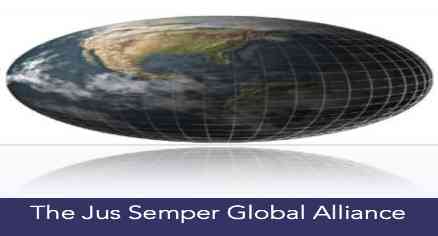A strong international scientific consensus is thus emerging with respect to the designation of the new geological epoch of the Anthropocene—a term often said to have been “coined” by Paul Crutzen and Eugene Stoermer in 2000, though it first appeared in English decades earlier in “The Anthropogenic System (Period)” in The Great Soviet Encyclopedia. The Anthropocene, in the scientific worldview, stands for both a quantitative and qualitative break with all previous geological epochs. Changes on a scale that can be seen as dividing major geological epochs, previously occurring over millions of years, are now taking place over decades or at most centuries due to human action. In this respect, the Anthropocene represents a sharp break from the relatively stable Holocene epoch of the last 11.000–12.000 years, the onset of which marked the end of the last ice age. In the view of the Anthropocene Working Group and today’s Earth System scientists more generally, the advent of the Anthropocene epoch is the product of a Great Acceleration of economically driven change in the mid–twentieth century, associated with what is sometimes called by economists the “golden age” of capitalist growth after the Second World War. This led to the crossing of numerous planetary boundaries, generating various “anthropogenic rifts. Capitalism thus promotes a “madness of economic reason” that can be seen as undermining the healthy human metabolic relation to the environment. The mere critique of capitalism as an abstract economic system, however, is insufficient in addressing today’s environmental problems. Rather, it is necessary also to examine the structure of accumulation on a world scale, coupled with the division of the world into competing nation-states. Our planetary problems cannot realistically be addressed without tackling the imperialist world system, or globalised capitalism, organised on the basis of classes and nation-states, and divided into center and periphery. Today, this necessarily raises the question of imperialism in the Anthropocene.
For a full read of this essay, click here or on the picture to download the pdf file.
|

- © The Jus Semper Global Alliance
| Home |  | Resources |  | Economic Data |  | Imperialism in the Anthropocene |


